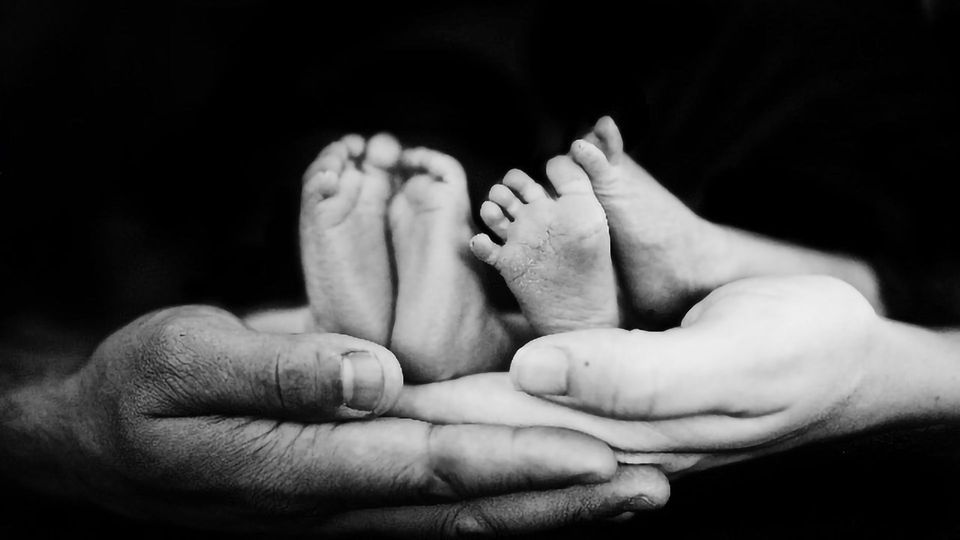Twin Study Suggests Genetics Controls Abnormal Development

Complete the form below to unlock access to ALL audio articles.
Yale researchers have shown that developmental abnormalities, including those that lead to pregnancy loss and autism, are controlled by the genetics of the fetus and placenta — and not the mother’s intrauterine environment.
The findings are reported in the April 28 online edition of the journal Placenta.
One out of every 33 children is diagnosed with a birth defect each year in the United States, according to the Centers for Disease Control and Prevention (CDC). This translates into one baby born every 4 ½ minutes — or 120,000 per year.
“Mothers often feel that they are responsible for these defects. But it’s not their fault,” said senior author Dr. Harvey Kliman, a research scientist in the Department of Obstetrics, Gynecology & Reproductive Services at the Yale School of Medicine. “This new research points to the genetics of these children as being the most important cause.”
For the study, Kliman’s team examined placental data for nearly 50 sets of identical and non-identical twins. The researchers found that abnormal cell growths called trophoblast inclusions (TIs) which are markers for many developmental abnormalities, occurred with similar frequency in identical twins, while non-identical twins showed a markedly different TI count.
Identical twins share the same DNA sequence; non-identical twins share half of their DNA sequence. The researchers found that identical twins often had the same number of TIs or were within one of having the same TI count. Non-identical twins had TI counts that were, on average, different by four or five.
“This work suggests that developmental abnormalities are much more likely to be due to the genetics of the child, and not the mother’s fault,” Kliman said.
Lead author Julia Katz, a former Yale undergraduate who is now a medical student at Hofstra University, provided the inspiration for the study.
Katz and her brother, Jesse, who was born underweight and with several congenital abnormalities, are non-identical twins. “I had a lot of guilt, growing up, about why my twin had certain conditions that I didn’t,” Katz said. “I think mothers also tend to blame themselves.”
Katz approached Kliman after a Yale lecture and asked him what causes babies to be born undersized. The conversation led to a discussion about developmental abnormalities and Katz’s desire to seek out information about her and her twin’s genetics — including looking at her own placental slides from birth.
It also led Kliman, Katz, and co-author Parker Holzer, a graduate student in the Yale Department of Statistics and Data Science, to conduct the new study.
“Julia’s need to resolve this burden is what propelled our study,” Kliman said. “Hopefully, this finding will help many other people, as well.”
Katz added: “This experience has shown me that if you have a question, ask it. And if you don’t get an answer, try to answer it yourself.”
Reference: Katz J, Holzer PH, Kliman HJ. Genetics, not the uterine environment, drive the formation of trophoblast inclusions: Insights from a twin study. Placenta. 2021. doi:10.1016/j.placenta.2021.04.010.
This article has been republished from the following materials. Note: material may have been edited for length and content. For further information, please contact the cited source.

